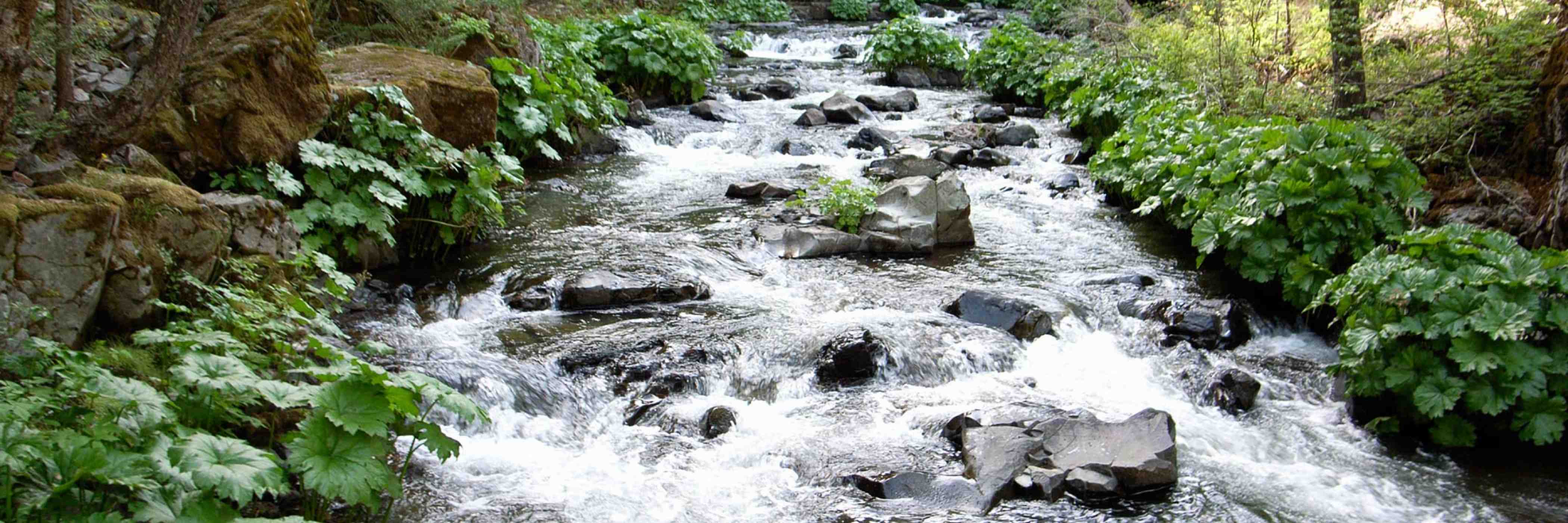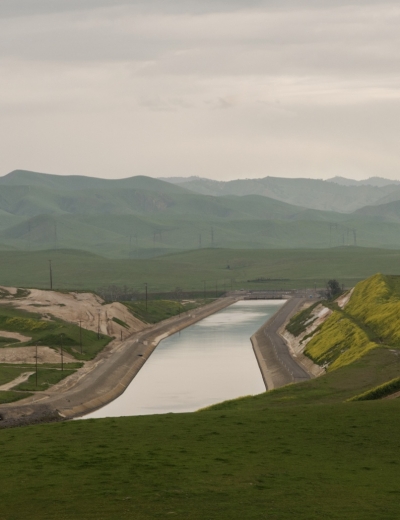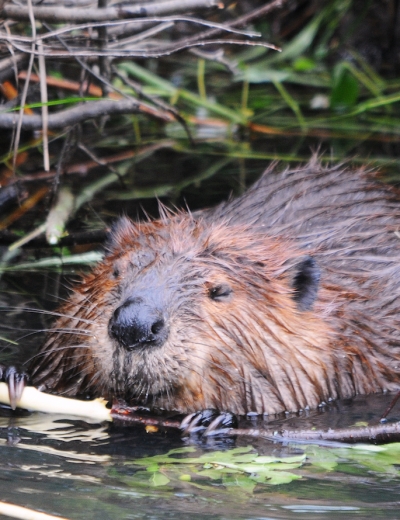Stanford researchers collaborate through Water in the West to find a balance between the water needs of cities and agricultural interests and those of wildlife and the outdoor recreation sector.
Water in the West seeks to address a central question: can we satisfy growing urban demand for water, maintain existing agricultural production, and sustain rural communities, while at the same time restoring rivers and protecting a growing recreational economy? Allocating water and water rights to accomplish these goals will require better science, policies, practices, and decision-making. Our interdisciplinary work strives to find solutions to the difficult problem of preserving rivers and streams while supplying adequate water to cities, farms and ranches.
The coming months in the Colorado River basin
The Colorado River basin supplies water to over 40 million people and five million acres of farmland across two countries, seven U.S. states, and up to 30 federally recognized Native American Tribes. Since 2000, consumptive uses and losses of the basin’s water have regularly exceeded natural flows, and levels of Lakes Mead and Powell, the largest surface water reservoirs in the U.S., are at historic lows. Consequently, the U.S. government is taking and considering unprecedented steps to reduce water use. Stanford experts from Water in the West created a resource for the water sector, policymakers, and journalists on what to expect in the coming months.




![[Woods Logo]](/sites/default/files/logos/footer-logo-woods.png)
![[Bill Lane Center Logo]](/sites/default/files/logos/footer-logo-billlane.png)